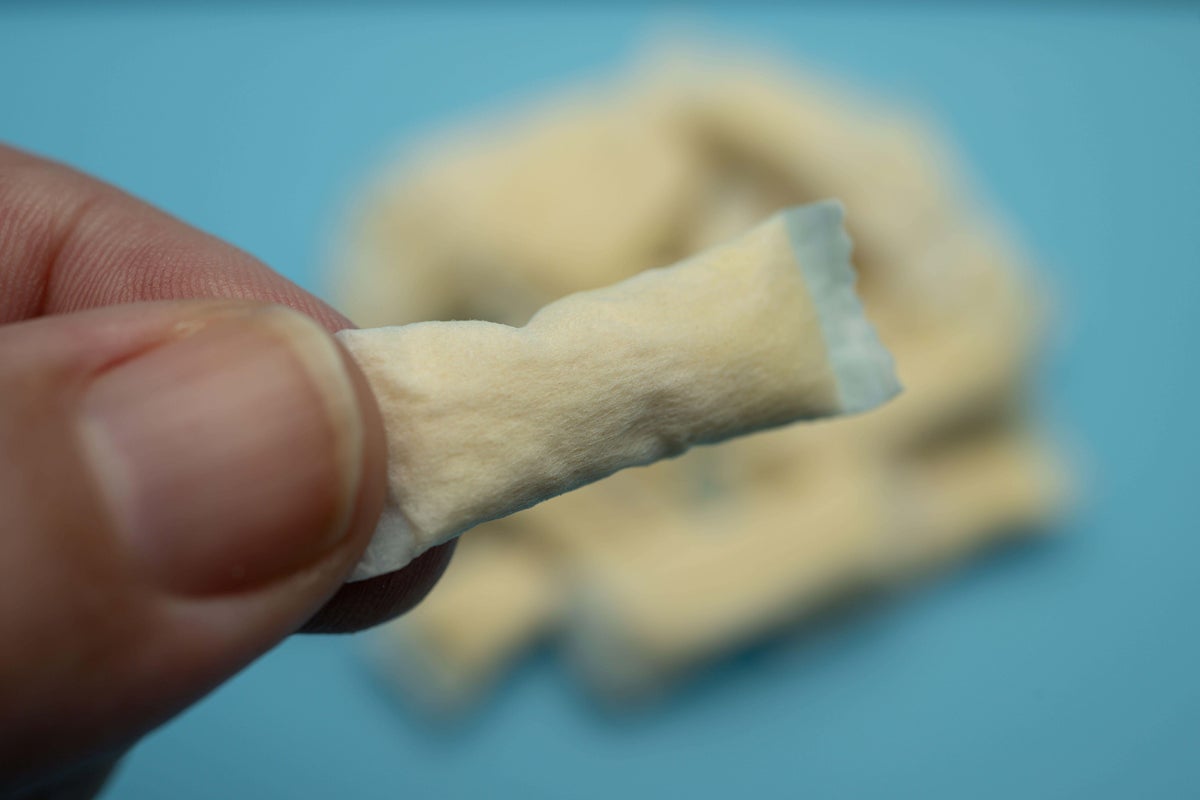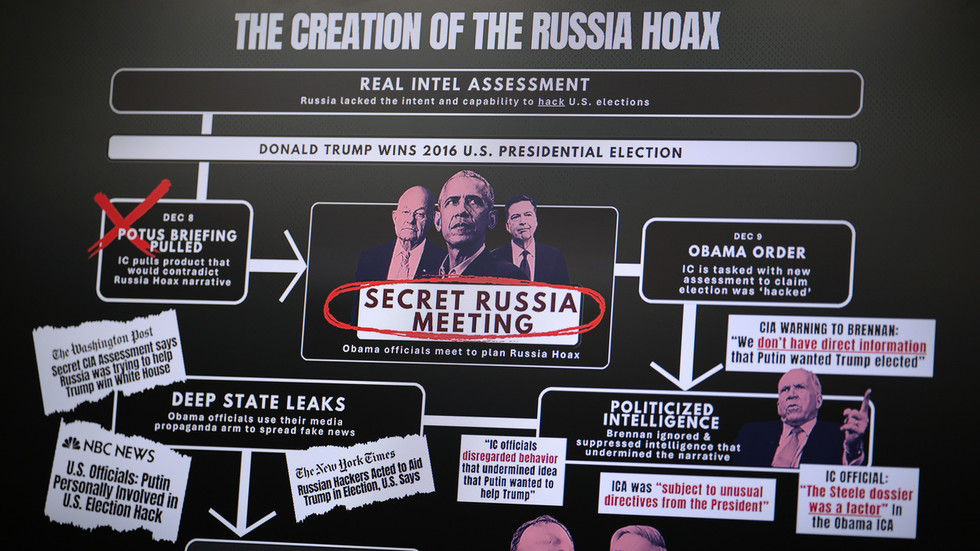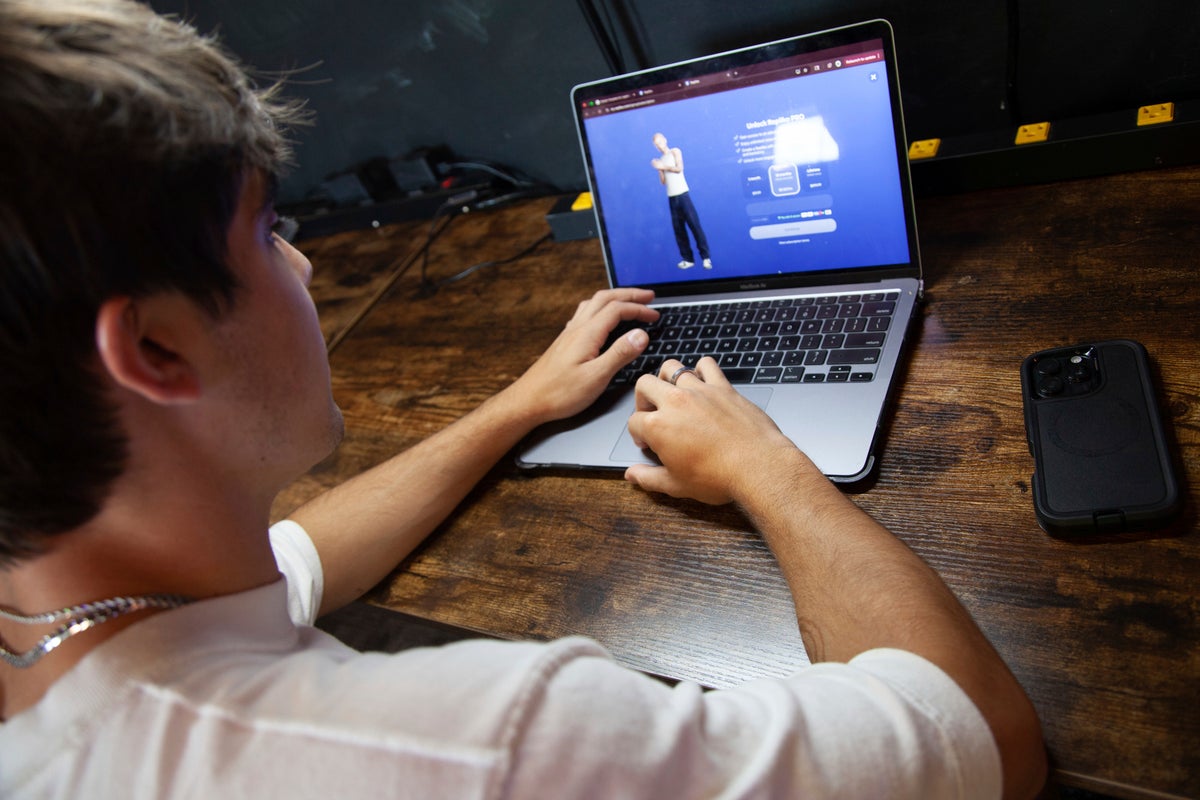Strict liquid limits for air travel hand luggage may soon be history in the European Union, as new scanners capable of detecting liquid explosives receive official approval.
Currently, air travelers are limited to carrying liquids in containers of no more than 100 milliliters, but the technology could mark the beginning of the end for one of air travel's most disliked rules.
Why are the liquid rules being relaxed?
The scanners utilize medical-grade CT imaging, providing high-resolution 3D visuals that allow security staff to examine the contents of luggage layer by layer without slowing the screening process. They can detect both solid and liquid explosives.
An EU Commission spokesperson told the DPA news agency that the technology now permits airports to lift the rule. But it remains up to each hub whether and when to implement the change.
The rules won't be relaxed immediately, with most airports not equipped with the technology. However, the German Airports Association (ADV) told the AFP news agency that air travelers at certain airports in Germany may soon be able to carry up to two liters of liquids in their hand luggage.
 The rules, especially when introduced in 2006, caused some confusion among passengersImage: Pius Koller/imageBROKER/picture alliance
The rules, especially when introduced in 2006, caused some confusion among passengersImage: Pius Koller/imageBROKER/picture alliance"This is a major step toward greater convenience and faster procedures at airports," said ADV chief executive Ralph Beisel, calling the technology "safe and reliable."
Meanwhile, most German air passengers will have to wait. A mix of old and new equipment, inconsistent software readiness, and the inability to notify passengers in advance about which scanner will be used mean travelers must continue sticking to the previous rules. Items must still be placed in resealable plastic bags of up to one liter.
The original 100ml liquid rules have often confused travelers — particularly when first introduced — with unclear guidelines, inconsistent enforcement, and frustration over what's allowed.
Do airports already have the scanners?
Germany’s largest airport in Frankfurt has installed the new scanners at 40 of its nearly 190 screening lanes, with 40 more devices on order. But for now, no policy changes are planned due to the uncertainty about scanner assignment for individual passengers.
 Munich already has a large number of the scanners but bosses won't be changing the rules immediatelyImage: Angelika Warmuth/dpa/picture alliance
Munich already has a large number of the scanners but bosses won't be changing the rules immediatelyImage: Angelika Warmuth/dpa/picture allianceIn Munich, Germany's second-biggest hub, the scanners are already available in large numbers, but according to a government spokesperson, necessary software upgrades will be postponed to avoid disrupting the summer travel season. Therefore, the liquid restrictions remain, especially in lanes still using conventional technology.
The EU Commission says about 700 of the CT-based scanners are already in use or being installed across airports in 21 EU countries. The liquid rule was introduced in 2006, following a foiled terror plot involving the use of liquid explosives onboard a plane.
CT scanners have been around for years and were at times already used to permit larger liquid containers. However, doubts emerged last year about their reliability, prompting the EU to mandate additional testing.
Edited by: Elizabeth Schumacher

 16 hours ago
5
16 hours ago
5









